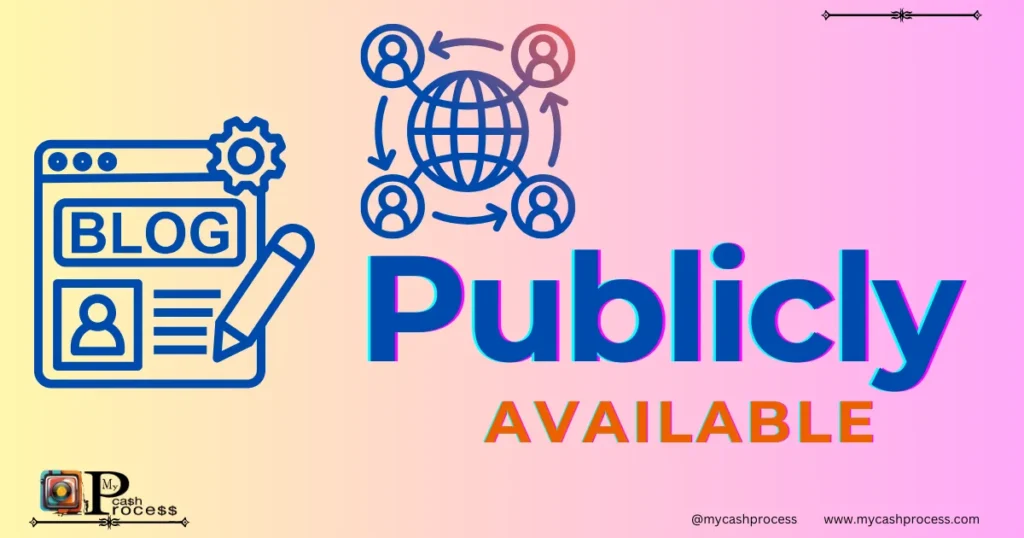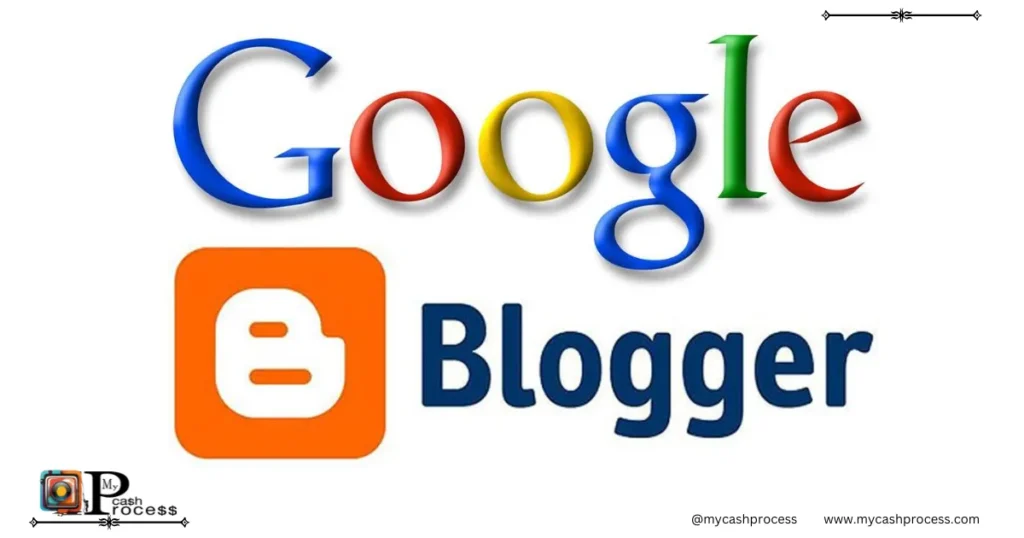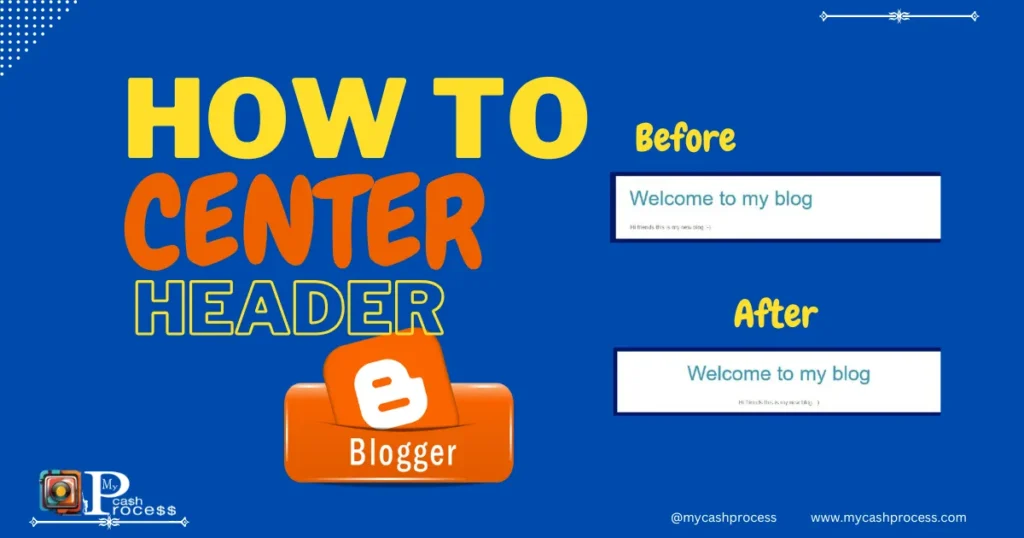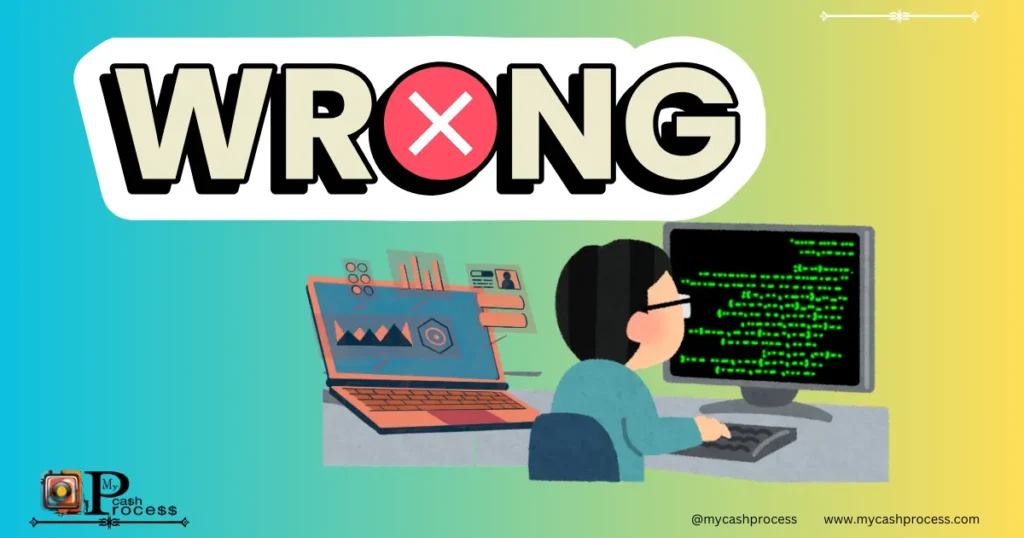Introduction
Ensuring that blog posts are not publicly available until they are intentionally made public is a vital aspect of effective blogging. This oversight can result in missed opportunities, reduced engagement, and even potential SEO penalties. As blogging platforms evolve, so do the intricacies of managing visibility settings. Whether you’re a beginner or an experienced blogger, understanding these pitfalls is crucial. This article will delve into the common mistakes bloggers make when ensuring posts are available to the public and provide actionable solutions to fix them.
Throughout this guide, we’ll explore insights drawn from successful blogging strategies, such as those used in best food blogs, and tackle questions like why a blog might be labeled not a blog or how cases like grrm not a blog inform visibility best practices. We’ll also highlight the significance of platforms like google blogger wolfshead consulting in addressing these challenges. By the end, you’ll have a robust understanding of the practices and tools necessary to avoid these mistakes.
Quick Access Guide
Understanding Why Blog Posts Are Not Publicly Available Until They Are
Blog posts are not publicly available until they are published due to a combination of technical settings, oversight, or deliberate scheduling. For many bloggers, particularly those emulating the success of best food blogs, ensuring visibility aligns with their content strategy is a priority. Missteps in this area can lead to unnecessary delays in audience engagement.
Key Reasons for Blog Visibility Issues
- Draft Mode: Forgetting to switch from draft to publish.
- Incorrect Scheduling: Misaligned time zones or publishing dates.
- Permissions: Limited access settings, common in collaborative blogs.
Case Study: Grrm Not a Blog
The famous example of GRRM not a blog highlights the importance of intentional visibility management. While the blog thrives on a niche audience, delays or visibility issues can significantly affect engagement.
Technical Issues That Cause Blog Posts to Stay Private
Technical challenges are often the primary culprits when blog posts are not publicly available until they are. Platforms like WordPress and google blogger wolfshead consulting require a clear understanding of their publishing systems.
Common Technical Mistakes
- Misconfigured Plugins: SEO and caching plugins can inadvertently block content.
- Incorrect Permalinks: Faulty permalink structures may result in 404 errors.
- Privacy Settings: Blogs set to private by default.
| Issue | Impact | Solution |
|---|---|---|
| Plugin Conflicts | Prevents public access | Audit plugins regularly |
| Faulty Permalinks | Breaks visibility | Regenerate permalinks |
| Misconfigured Privacy | Limits audience reach | Check privacy settings |
Technical challenges are often the hidden culprits behind blog posts that remain inaccessible to the public. Whether you’re using WordPress, Google Blogger, or another platform, understanding and resolving these issues is crucial for ensuring your content reaches its intended audience.
1. Misconfigured Plugins
- What Happens?
Plugins designed to optimize your blog (like SEO, caching, or security plugins) can unintentionally block content. For example:- SEO plugins may add “noindex” tags to pages, making them invisible to search engines.
- Caching plugins might serve outdated versions of your site, hiding newly published posts.
- Security plugins could impose overly restrictive rules, preventing public access.
- Impact:
These misconfigurations can reduce visibility and hinder organic traffic. - Solution:
- Audit Plugins: Periodically review plugin settings, especially after updates.
- Test New Plugins: Check how a new plugin interacts with your website before applying changes sitewide.
- Recommended Tools: Use tools like Google Search Console to verify that your pages are being indexed correctly.
2. Incorrect Permalinks
- What Happens?
Permalinks (the URLs for your posts) might break due to:- Changes in permalink settings without regenerating the structure.
- Migration of content from one platform to another.
- Impact:
Visitors encounter 404 errors, leading to a poor user experience and potential loss of trust. - Solution:
- Regenerate Permalinks: On WordPress, go to Settings > Permalinks and click “Save Changes” to rebuild your links.
- Redirect Broken Links: Use plugins like Redirection or Yoast SEO to create redirects for broken URLs.
- Check for Errors: Use tools like Google Analytics or Screaming Frog to identify 404 errors.
3. Privacy Settings
- What Happens?
Your blog or individual posts may inadvertently be set to “private” due to:- Default settings during the blog’s creation.
- Manual errors while publishing.
- Impact:
Private posts are hidden from search engines and viewers, limiting their reach. - Solution:
- Review Settings:
- For WordPress: Go to Settings > Reading and ensure the “Discourage search engines from indexing this site” option is unchecked.
- For Google Blogger: Navigate to Settings > Permissions and ensure your blog visibility is set to “Public.”
- Publishing Workflow: Develop a checklist to verify visibility settings before publishing any post.
- Review Settings:
4. Plugin or Theme Conflicts
- What Happens?
Custom themes or conflicting plugins can override visibility settings. For example:- A theme might include outdated templates incompatible with your platform’s visibility standards.
- Two plugins attempting to control the same function can clash, leading to errors.
- Impact:
Conflicts can make posts inaccessible or disrupt the site’s layout, affecting user navigation. - Solution:
- Debugging Mode: Enable debugging mode on WordPress (add
define('WP_DEBUG', true);to your wp-config.php file) to identify errors. - Deactivate Plugins: Temporarily deactivate plugins and reactivate them one by one to pinpoint conflicts.
- Update Themes: Regularly update your theme to ensure compatibility with the latest platform updates.
- Debugging Mode: Enable debugging mode on WordPress (add
5. User Permissions
- What Happens?
Roles and permissions might restrict content visibility, especially on multi-author blogs or membership sites. - Impact:
Content might be limited to specific users or roles instead of being available to everyone. - Solution:
- Check Roles: Verify user roles in the Users section of your platform.
- Adjust Permissions: For WordPress, use plugins like User Role Editor to manage access rights.
Troubleshooting Checklist
Here’s a quick checklist to ensure your blog posts are publicly accessible:
- Audit Plugins: Review SEO, caching, and security plugins for restrictive settings.
- Regenerate Permalinks: Check and fix broken or outdated URLs.
- Review Privacy Settings: Confirm visibility settings for the entire blog and individual posts.
- Resolve Conflicts: Test plugins and themes for compatibility issues.
- Verify User Permissions: Ensure roles and access rights are configured correctly.
Content Quality Mistakes to Avoid
The quality of your content directly impacts its readiness for publication. Many blogs, even high-performing ones like best food blogs, ensure meticulous quality checks before making posts public.
Common Content Quality Errors
- Incomplete Drafts: Posts left unfinished or lacking vital details.
- Keyword Stuffing: Overloading content with keywords like “blog not” or “not a blog” in a non-contextual manner.
- Lack of Proofreading: Errors reduce credibility.
Actionable Tips
- Use proofreading tools to ensure grammatical accuracy.
- Incorporate secondary keywords naturally, such as “jerk sentiments blog to be or not to be” in thematic discussions.
Permission and Access Settings Mismanagement
Blog visibility can also be hampered by incorrect permissions. Collaborative blogs often face this issue, with contributors accidentally restricting access.
Identifying Permission Errors
- Role Mismanagement: Assigning inappropriate roles to contributors.
- Restricted Content: Sections marked as private instead of public.
Tools to Avoid Errors
- WordPress user role management plugins.
- Analytics tools to monitor restricted content visibility.
Failure to Test Blog Visibility Before Publishing
Testing is crucial to ensuring that blog posts are not publicly available until they are intended to be visible. A rigorous testing process prevents technical errors and ensures audience engagement.
Testing Strategies
- Preview Mode: Use the preview function to check formatting and content.
- Incognito Browsing: Verify public visibility without logged-in privileges.
| Method | Purpose |
| Preview Mode | Ensure proper formatting |
| Incognito Browsing | Confirm public access settings |
| Feedback Tools | Gather user feedback |
Overlooking SEO Impacts on Blog Visibility
Search engine optimization plays a significant role in ensuring that blog posts are discoverable. Without proper SEO settings, blog posts are not publicly available until they are correctly indexed by search engines.
SEO Best Practices
- Optimize metadata with focus and secondary keywords such as best food blogs or blog not.
- Submit sitemaps to search engines for faster indexing.
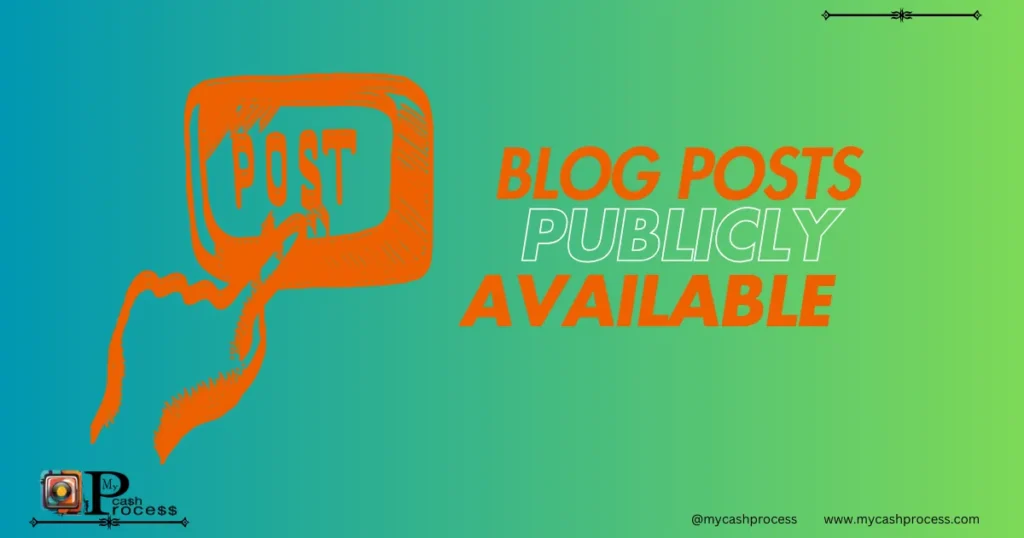
Avoiding Duplicate or Restricted Content
Duplicate content or restricted sections can hinder the accessibility of your posts. Addressing these issues is vital to ensure blog posts are not publicly available until they are ready for public viewing.
Steps to Identify Duplicate Content
- Use tools like Copyscape.
- Audit internal links to avoid repetitive content.
Managing Restricted Content
- Check visibility settings for private or password-protected posts.
- Implement clear labeling for internal drafts.
Mismanaging Privacy and Security Settings
Bloggers often overlook the balance between privacy and security settings. While necessary for protection, overly restrictive measures can make blog posts are not publicly available until they are meant to be seen.
Key Security Tips
- Use SSL certificates to ensure a secure connection.
- Regularly update your blogging platform to prevent vulnerabilities.
Ignoring Feedback or Error Reports
User feedback and error reports are invaluable for identifying visibility issues. Platforms like google blogger wolfshead consulting emphasize the importance of monitoring user activity.
Steps to Monitor Feedback
- Enable comments and user reviews.
- Monitor analytics for traffic drops.
- Act promptly on reported errors.
Best Practices for Ensuring Blog Posts Are Publicly Available
Finally, adopting best practices ensures that your blog posts reach their intended audience effectively.
Key Practices
- Create a publishing checklist.
- Use automation tools for scheduled posts.
- Regularly audit your content and visibility settings.
Conclusion
Publishing errors can significantly hinder the reach and impact of your blog. Ensuring that blog posts are not publicly available until they are ready for audience consumption requires a combination of technical precision, content quality control, and regular audits.
Warning
Failing to ensure blog posts are publicly available can lead to lost opportunities, diminished traffic, and reduced audience trust. Regularly reviewing your publishing process is critical.
Neglecting to address visibility issues can lead to reduced traffic, missed engagement opportunities, and diminished credibility. Bloggers must remain vigilant about testing and configuring settings appropriately.
Advice
- Conduct regular audits of your publishing settings.
- Use analytics tools to monitor visibility.
- Test every post before making it live.
- Create and adhere to a detailed publishing checklist.
- Leverage analytics tools like Google Search Console to monitor performance.
- Regularly test blog posts in incognito mode to confirm public accessibility.
Follow us on Pinterest, Twitter X, Facebook, Instagram, Quora, TikTok, Discord, YouTube, and WhatsApp Channel.
FAQs
Q: Why are blog posts not publicly available until they are? A: Common reasons include draft settings, scheduling errors, and restricted permissions.
Q: How can I ensure my posts are publicly available? A: Use a publishing checklist, test visibility, and configure permissions correctly.
Q: What tools can help monitor blog visibility? A: Tools like Google Search Console, Copyscape, and WordPress plugins can assist in maintaining visibility.

